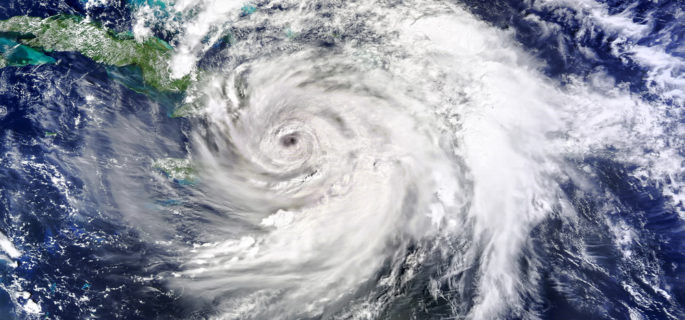Cloud for Clouds: ClimaCell Leverages Cloud HPC to Deliver Weather Micro-Forecasting

Weather forecasting is a tricky, unforgiving business, and for weather-dependent clients in precise locations, like airlines and sports teams, accuracy is king. Making accurate predictions for a highly specific area, however, is not within the scope of many major weather models, which operate with resolutions measured in kilometers. Weather technology company ClimaCell provides micro-forecasting for clients who need more accurate forecasts, relying on upgraded cloud computing to quickly process disparate data.
The new cloud capability -- an upgrade to Google Cloud's instances -- comes on the heels of a $23 million Series C financing round for ClimaCell, which was announced just a few days ago. ClimaCell’s total funding is now over $100 million. “We didn’t really need to raise money now,” ClimaCell co-founder and CEO Shimon Elkabetz told TechCrunch, “but this opportunity came to us and we decided to take it, because it gives us a significant opportunity to invest in strategic things.”
"Raising during a pandemic is indeed rare," he said. "We are lucky and grateful for the vote of confidence by our new and existing investors."
ClimaCell powers its micro-forecasting with data from unconventional sensor sources: vehicles, drones, IoT devices and more. Integrating this data into a reliable weather prediction model, of course, requires substantial computing power. ClimaCell tackles the data by running its global API platform on the Google-provided C2 instances, which offer up to 3.8 GHz of compute power through their second-generation Intel Xeon Scalable CPUs. ClimaCell also used Intel-supplied compilers and MPI to help boost their forecasting applications.
ClimaCell reports that switching to Google Cloud’s C2 instances provide 40 percent better performance than N1 instances (the previous generation) and offer better elasticity. This added performance has been put to use with a range of clients: a “major airline,” for instance, uses ClimaCell’s data to forecast extreme weather conditions in advance; a football team in the U.S. uses ClimaCell data to plan when to water or paint the field; and a railroad uses the data to predict high winds along its train routes.
Also in the last few days, ClimaCell announced that it was providing new weather analysis capabilities for the announcers at Chicago Cubs Games in the recently reopened Major League Baseball season. ClimaCell's analytics enabled forecasts to visualize high wind speeds across the pitch and indicate how the winds affected the movement of the baseball for a given hit.
ClimaCell is making more promises for the future, as well: Elkabetz wrote that users should "expect big things ... in the coming weeks and months." One of these "big things" is ClimaCell's forthcoming proprietary forecast system, which will be used to augment all of ClimaCell's models and provide a "unified ML-improved output" with improved accuracy called One Forecast (or 1F).










